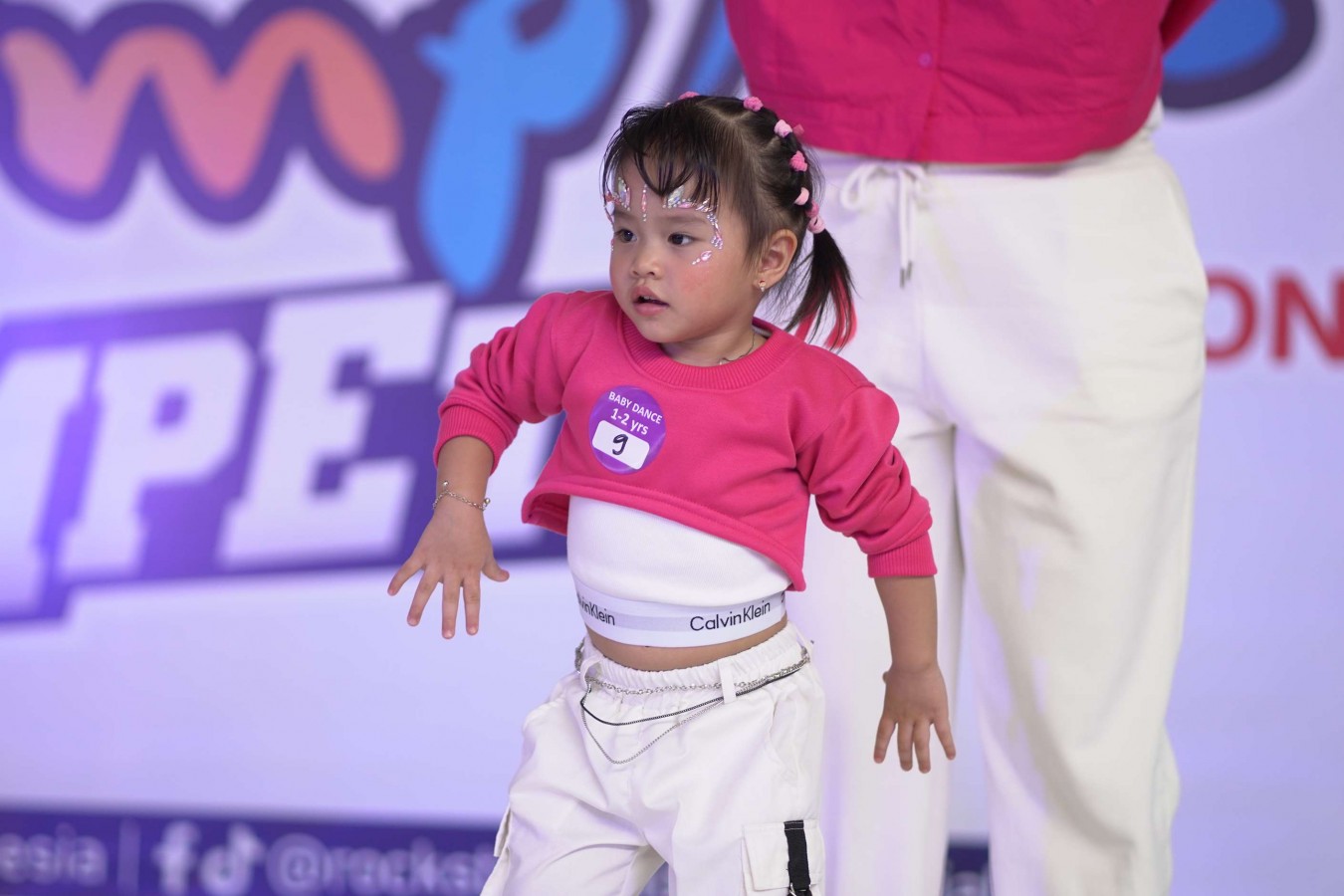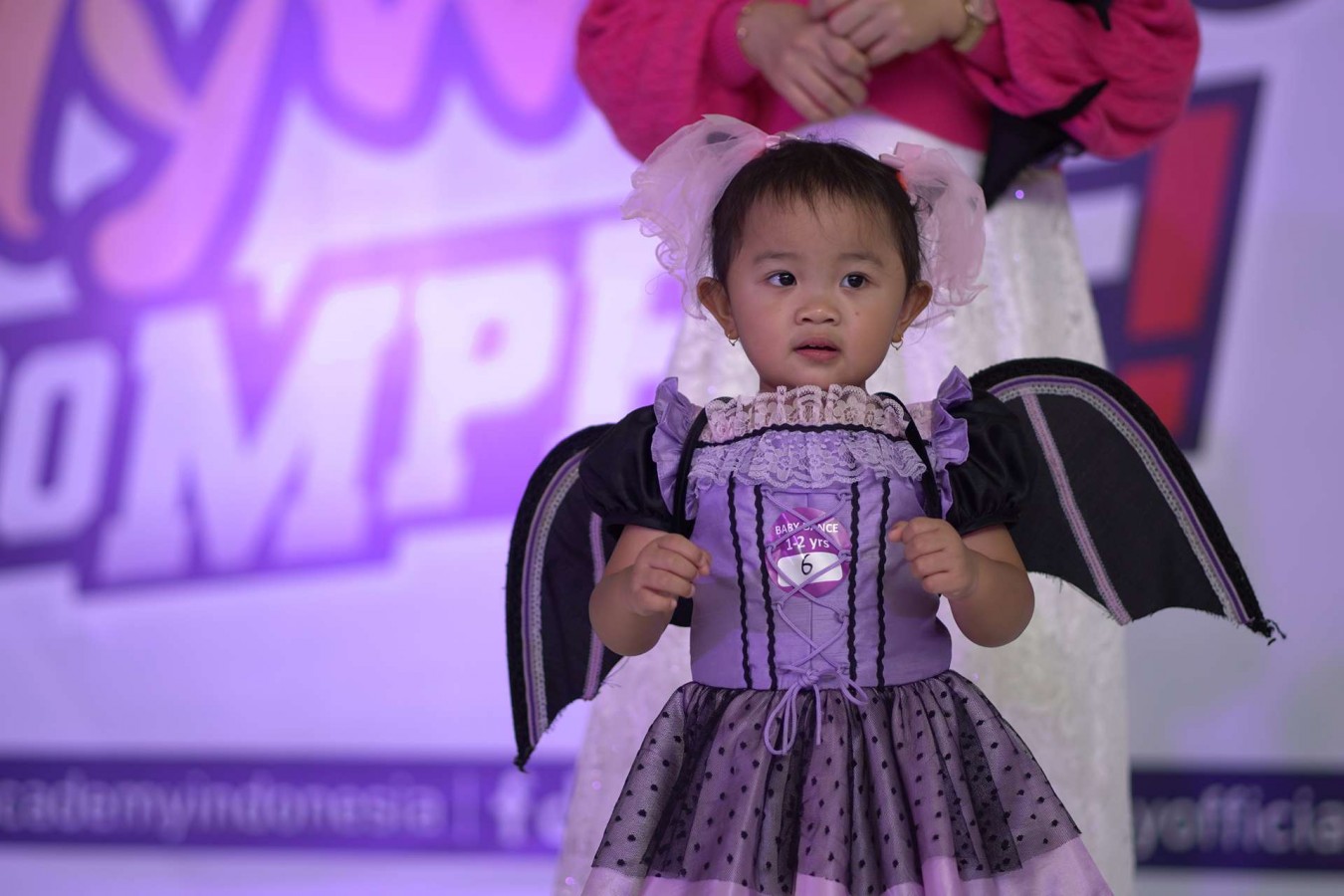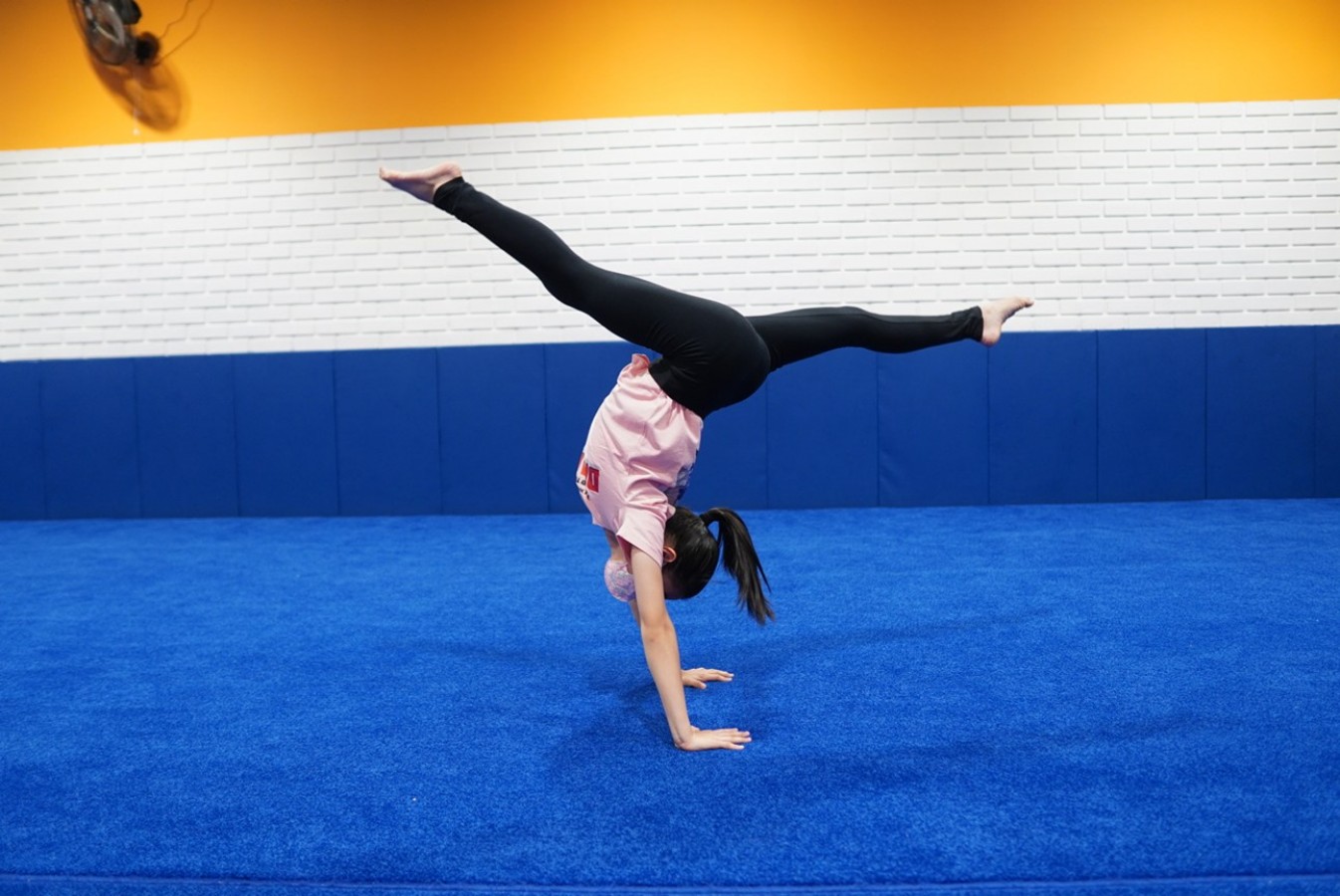Baby Dance: The Fun Way to Enhance Your Infant's Motor Skills

Baby dance is when your baby hears music, their little arms start flapping, their legs kick in rhythm, and suddenly they’re bouncing with joy. It is one of the most adorable milestones parents love to see.
But beyond the cuteness, did you know that when babies move to music, they’re not only having fun but also developing important motor skills, coordination, and emotional awareness?
In this article, we’ll explore how to get your baby dancing, how babies actually learn to dance, and the amazing benefits of dance for kids. Let’s learn it further here!
Why Music and Dance Are Beneficial for Babies
Baby dance is packed with developmental perks. Here’s why letting your little one groove is one of the best things you can do for their growth:
1. Boosts Motor Skills
Dance helps babies strengthen their muscles, improve balance, and build coordination. Simple movements like clapping, bouncing, and swaying enhance both fine motor and gross motor skills.
2. Supports Brain Development
Music activates multiple areas of the brain at once. When babies move to music, they’re practicing memory, timing, and even problem-solving.
3. Encourages Emotional Development
Dance gives babies a joyful way to express themselves. It teaches them how to respond to different moods of music, helping them recognize and manage emotions. A happy tune may make them giggle, while soft music might calm them down.
4. Strengthens Parent-Child Bond
Dancing together is a bonding activity. When you hold your baby and sway or mimic their movements, you’re building trust and connection. It’s a playful way to spend quality time while boosting their social development.
5. Builds Confidence and Independence
As babies learn new moves, they gain a sense of achievement. That tiny clap or first wobbly bounce builds confidence and encourages them to try more complex movements later on.
6. Sparks Creativity and Imagination
Dance opens the door to creativity. Babies explore how their bodies move, experiment with new gestures, and learn to combine movement with sound. These playful experiments lay the foundation for imaginative thinking.
How Babies Learn to Dance
You might be wondering: Do babies really “learn” to dance, or is it just instinct? The truth is, it’s a mix of both. Babies are naturally wired to respond to rhythm, but learning to dance involves developmental milestones, practice, and encouragement.
1. Rhythm Recognition Starts Early
Research shows that babies as young as a few months old can sense rhythm and tempo. This explains why they calm down when rocked in a steady motion or get excited when hearing a lively tune. Their brains are processing beats even before they can walk. [Front Psychol, 2014]
2. Motor Skills Develop Gradually
At first, babies might just wiggle or kick in response to music. As their muscles strengthen and coordination improves, those movements become more intentional.
For example, around 6–9 months, you may notice your baby bouncing while sitting. By 12–18 months, many toddlers start clapping, swaying, or even attempting twirls.
3. Copying and Social Learning
Babies are little imitators. They watch how parents, siblings, or caregivers move and try to copy them. Dancing together helps babies link music with physical movement, reinforcing both social and motor learning.
4. Emotional Expression Through Dance
Movement is one of the earliest ways babies express feelings. A fast song might make them giggle and bounce, while a slow lullaby might calm them into swaying. Dance becomes an outlet for self-expression even before they can talk.
5. Practice Makes Progress
Like any skill, dancing improves with practice. The more opportunities babies get to move with music, the more confident and coordinated they become. With time, they transition from random wiggles to more structured movements.
How to Get Babies Dancing
Not every baby will start grooving the moment they hear music and that’s perfectly normal. Some little ones wiggle naturally while others need a bit of encouragement to discover their inner rhythm. Here are some fun and practical ways to spark your baby’s love for dance:
1. Play Music Regularly
Music is the secret ingredient to getting your baby moving. Babies are naturally drawn to sound, and when they hear consistent beats, their little bodies often respond with kicks, claps, or wiggles. The key here is consistency.
You don’t need to play children’s music all day long (unless you love it too!). Simple lullabies, upbeat nursery rhymes, or even your favorite pop, jazz, or classical tunes can work wonders.
Babies thrive on familiarity, so playing the same songs regularly helps them recognize rhythms faster. Before long, you might notice your baby bouncing whenever they hear their favorite tune come on.
2. Be Their Dance Partner
Babies are little copycats as they learn by watching you. If you want your baby to dance, the best way to encourage them is to dance with them. Pick them up, hold them close, and sway gently side to side. Or, if they’re sitting on the floor, clap your hands and bounce along to the music.
At first, they might just stare at you with wide eyes, but don’t give up! Over time, your baby will try to mimic your movements. It doesn’t matter if you’re “good” at dancing. Babies respond to your joy and energy. If you’re laughing, smiling, and having fun, they’ll feel the same way and want to join in.
3. Create a Safe Dance Space
Every dancer needs a stage—even if it’s just your living room floor. Clear out a small area where your baby can move freely without obstacles. Soft rugs, foam mats, or even a spacious playpen work great for safe wiggle time.
A secure environment gives your baby confidence to move without fear of falling or bumping into things. Plus, the softer surface cushions any tumbles, making it easier for them to get back up and try again.
You can even decorate the space a little! Add colorful scarves, baby-safe mirrors, or soft toys around the area. This not only makes the space inviting but also encourages babies to reach, crawl, or toddle toward different items.
4. Use Props and Toys
Want to take baby dance time up a notch? Bring in a few simple props. Babies are naturally curious and love exploring textures, colors, and sounds.
Props keep babies engaged and add variety to dance time. They also encourage hand-eye coordination as babies reach, grab, and move objects in rhythm with the music.
5. Keep It Short and Sweet
Remember that babies have tiny attention spans. A five-minute dance session is often enough to get them moving without tiring them out. Don’t expect your baby to boogie for half an hour straight or they’ll get bored or cranky.
Instead, sprinkle short bursts of dance throughout the day. Play a song in the morning after breakfast, another in the afternoon during playtime, and maybe one more before bedtime (something calm and soothing). These mini dance sessions add up, making movement a natural part of your baby’s routine.
The key is to leave them wanting more. End the dance session while your baby is still happy and engaged so they’ll look forward to the next one.
Enroll Them to Dance Class!
If you’re inspired to take those first dance steps a little further, why not let your little one join a dance program at Rockstar Academy?
As the best Sports & Performing Arts Academy, Rockstar Academy provides an exciting curriculum where children can showcase their progress in Dance Recitals, Elite Championships, and RockOlympics.
These incredible experiences help students discover their true potential while having fun along the way. And the best part? Rockstar Academy also offers a free trial class, so you and your baby can explore the joy of dance together before committing!
FAQ
At what age do babies start dancing?
Most babies start showing rhythmic movements around 6–9 months, usually bouncing or wiggling when they hear music. By toddler age (12–18 months), they may begin clapping, stomping, or attempting little dance steps.
Do all babies like to dance?
Not every baby will dance right away, and that’s okay. Some may enjoy listening more than moving. With encouragement and fun music, most babies eventually join in.
What kind of music is best for babies to dance to?
Simple, rhythmic, and repetitive songs work best. Nursery rhymes, children’s songs, or even upbeat pop music with a steady beat are perfect choices.



